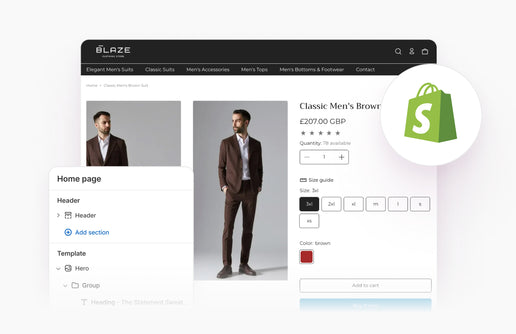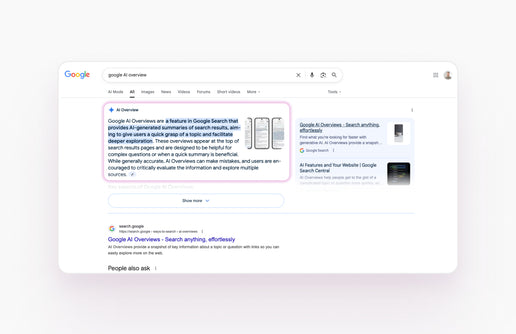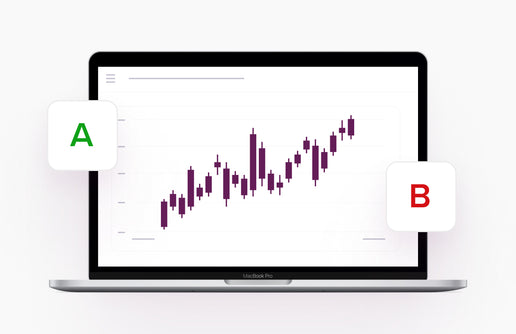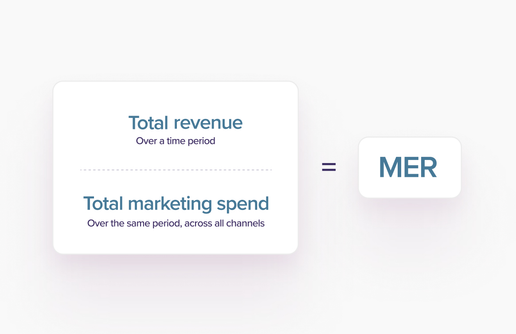Balancing effective digital marketing with strict adherence to privacy regulations is a growing challenge in today’s world. With Google Consent Mode v2, that challenge is raised further in maintaining valuable, viable insights into website engagement against respecting user privacy. As of March 2024, Consent Mode v2 was a requirement for all websites which use Google services.
In this article, we will focus on;
- What Google Consent Mode v2 is
- How it impacts you as both a retailer, marketer, or customer
- What happens if I don’t implement Google Consent Mode v2?
- How measuring Analytics data and conversions will change
- How you can implement consent mode to your website

What is Google Consent Mode v2?
Google's Consent Mode v2 is an advanced tool designed to help website owners manage user consent for cookies and tracking in compliance with global privacy regulations, such as the General Data Protection Regulation (GDPR) and the UK Data Protection Act 2018. By integrating Consent Mode v2, businesses can ensure that Google tags (like Google Analytics and Google Ads) respect user consent choices.
Basically, in the old mode, users who neither consented or declined but used a website anyway would be considered to have consented by use. Now users are always considered to have denied cookies until they consent to being tracked (i.e. they have to hit Accept in order to be tracked).
In the new Consent Mode v2, the existing permission elements forming consent are joined by two additional elements;
Existing:
ad_storage (whether cookies related to ads and ads measurement can be stored on a user’s device)
analytics_storage (controls cookie behaviour relating to Analytics data storage, or other elements for analytical purposes)
New:
ad_user_data (where the user agrees or denies their personal data being used for advertising purposes)
ad_personalization (whether or not the user agrees to their data being stored and used for re-marketing)
The different options recorded on each are:
‘granted’: Google tags which require advertising cookies are allowed to store and read cookies on a user's device, enabling elements such as personalised ads, remarketing ads, & conversion tracking
‘denied’: Google tags that involve advertising cookies are not allowed to store cookies or access existing cookies on the user's device.
Why is Consent Mode Implementation So Important?
Financially, it is pretty sensible to follow any regulations that could incur fines or legal issues for non-compliance and that’s a pretty good reason on its own. The main reason we feel however is the establishment of user trust and transparency.
Why Does Consent Mode Matter to Me as a Customer?
Customers are becoming increasingly savvy and discerning, and with data protection one of the hottest topics affecting e-commerce today, it’s a trust signal you can’t afford to miss. At first when SSL certificates (Secure Sockets Layer - the little padlock next to the URL in your browser) came out, they were seen as guidance rather than nigh-mandatory trust signals for purchases. Would you ever buy through a site now without one? Consent Mode is an insurance that a company adheres to strict privacy governance, and that in itself is becoming a critical purchase assist.
Why Does Consent Mode Matter to Me as a Marketer or Retailer?
Get ready for an impact on your conversion data and ability to target Ads campaigns. Although Consent Mode v2 will impact tracking, it will enhance quality of data. Conversion tracking will be more reliable for decision makers as it is transparent and compliant. Without consent mode being respected, re-marketing will stop working, lookalike audiences will stop being generated, and generally conversion data will be scattered and unreliable.
Analytics data can still be aggregated and modelled when users do not consent. This means that when a user declines, Google will still use data modelling to anticipate how users would behave and engage to piece together the whole of the site engagement. This means companies can still roughly measure the effectiveness of marketing efforts - without violating user privacy.
Obviously this raises one important question: How does Google know what it doesn’t know? E.g. If it can’t track users who don’t consent, how can it know that those that do form less than 100% of the traffic to consolidate the remainder through data modelling? These are important queries that are yet to be resolved within Google’s new version.
What is the Difference Between Consent Mode v1 and v2?
The main difference between the two iterations of Consent Mode are in the functionality and granular control it affords marketers and web managers. Consent Mode v1 was a functional, albeit basic model with limited signals on actual consent. It was also far less adaptable to integrations with many content management systems. Consent Mode v2 on the other hand integrates granularity in data collection signals, ensuring different scenarios in web use and end goal engagement are catered for. It also has a far more seamless integration with many popular CMSs, ensuring the ability to administer Consent Mode v2 is far more accessible for web developers and marketers.
In basic terms, version 1 was a simple on / off switch for Ads and Analytics cookie tracking. Version 2 increases the flexibility of customisable data collection for a more accessible user experience and implementation.
What are the Key Features of Consent Mode v2?
- Granular Tag Control: Allows selective activation of Google tags based on user consent status.
- Conversion Modelling: Utilises consent signals to improve the accuracy of conversion data without relying on individual user-level data.
- Consent Storage Options: Offers flexible options for storing consent states, either in first-party cookies or local storage.
- Enhanced Flexibility: Supports integration with a variety of consent management platforms (CMPs) to ensure smooth compliance.
I Don’t Have Consent Mode v2 Enabled, What Do I Need to Do?
Consent Mode v2 became mandatory in March 2024 - if you want to target users or utilise Google Suite platforms in the UK & EU from then, you need to have it added.
Read our guide on how to implement Google Consent Mode v2 on Shopify.
How Do I Know if Consent Mode is Active on my Website?
The three easiest ways to check if Consent Mode is active on your website are;
- Google Ads: Go to your conversions on Google Ads and select your main conversion action. Click on the diagnostics tab to show you whether or not Consent Mode is enabled
- Google Tag Manager: Open your debugger in the Google Tag Manager preview window and navigate to the Consent page. When you initially load this, the permissions should be set to “denied” in red. Once you accept the cookies, this should then change to a green “granted”.
- Google Analytics 4: Load up your GA4 property and navigate to Consent Settings in your admin window. This will indicate what cookie elements have been consented to
Contact Mucky Puddle For Digital Marketing & Tracking Compliance
Data privacy is hugely important to us, from the websites we build to the digital marketing services we provide. Customers in any industry need trust in order to part with time or money to engage with any brand. Consent Mode v2 takes this trust and data privacy to the next level. While it of course has detrimental impacts on Analytics data tracking and usage, the opportunities for safer digital engagement and the development of trust and authority are substantial.
If you are unsure about your Consent Mode compliance or are keen to work with a full service web design and marketing agency with a difference, contact us today for a free, no obligation consultation.







